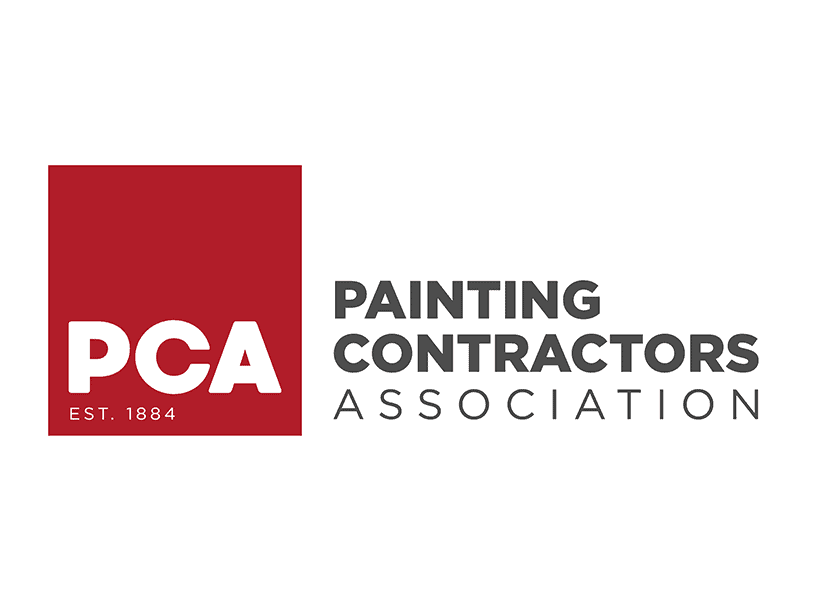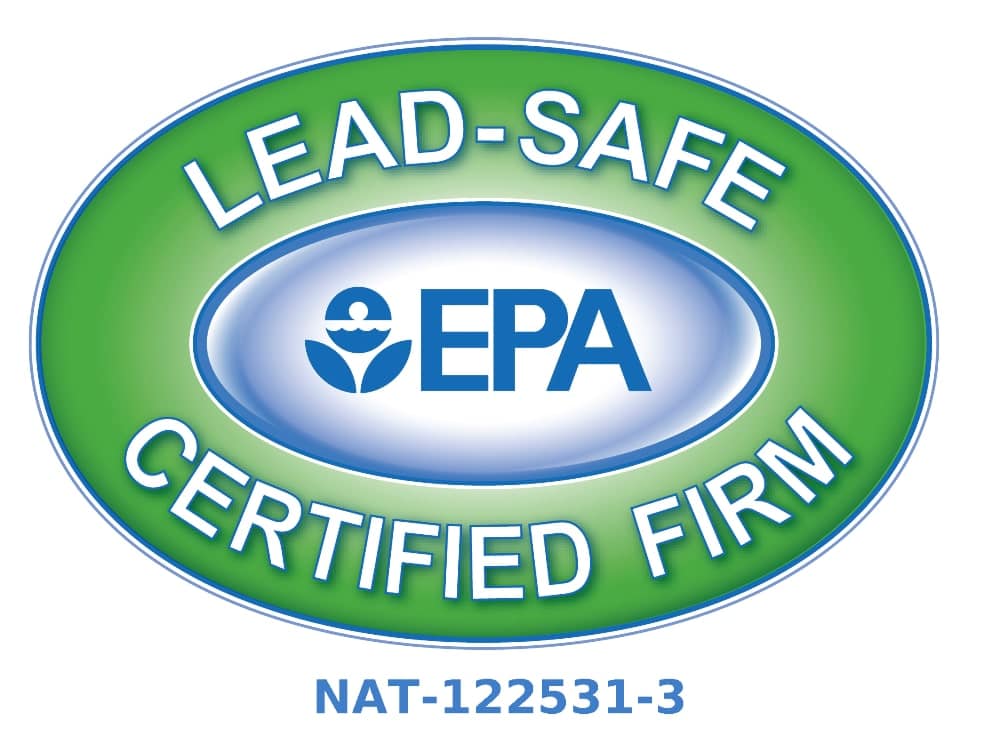
23 Jul How to Paint Different Surfaces
Painting is more than just getting out a paintbrush and dipping it into some paint. Different surfaces require specific techniques to achieve a professional finish, and proper surface preparation is also vital to achieving a lasting professional look.
Here is how to paint different surfaces:
Walls
-
-
- Preparation:
- Clean the Walls: Remove dust, dirt, and grease. Use a mild detergent and water or other specialty wall-cleaning product.
- Repairs: Fill all holes and cracks with spackle or filler. Sand smooth once dry.
- Prime: Apply a primer if you paint over a dark color, new drywall, or stained areas. Be sure to use the correct primer for the type of paint you use!
- Preparation:
- Painting:
- Cut In: Start by cutting in around the edges of the walls with a brush.
- Roll the Paint: Use a roller for large areas. Apply the paint in a ‘W’ pattern for even coverage.
- Multiple Coats: Apply at least two coats for a uniform finish, allowing for drying between coats. (Each brand details the amount of time.)
-
Ceilings
-
- Preparation:
- Protect the Room: Cover furniture and floors with drop cloths or plastic sheeting. Use painter’s tape on the tops of the walls to protect the walls if you’re only painting the ceiling.
- Prime: Use a stain-blocking primer if needed.
- Painting:
- Cut In: Use a brush to cut in around the edges of the ceiling where it meets the walls.
- Roll the Paint: Use a roller with an extension pole. Start in a corner and work across the ceiling in small sections. Be careful not to over-saturate the roller with paint!
- Finish: To avoid lap marks, maintain a wet edge and complete the ceiling without breaks.
- Preparation:
Trim Moldings
-
- Preparation:
- Clean and Sand: Clean the trim and lightly sand to ensure proper adhesion.
- Caulk and Fill: Fill gaps with caulk and repair any trim damage.
- Tape Off: Use painter’s tape to protect adjacent surfaces.
- Painting:
- Primer: Apply a primer if the trim is stained or new wood.
- Brush Painting: Use a high-quality brush for a smooth finish. Work in long, smooth strokes across the trim.
- Multiple Coats: Apply at least two coats of paint, sanding lightly between coats for a perfect finish.
- Preparation:
Doors and Cabinets
-
- Preparation:
- Remove Hardware: Take off handles, knobs, and hinges, rather than taping them off, for a professional finish.
- Clean and Sand: Thoroughly clean and sand the surfaces. Use a degreaser if necessary.
- Prime: Apply a primer suitable for the surface material.
- Painting:
- Brush, Roll, or Spray: For flat surfaces and detailed areas, you can use a combination of brush and roller. We recommend using a high-quality paint sprayer for a smoother, more professional finish.
- Drying Time: Allow adequate drying time between coats.
- Preparation:
Floors
-
- Preparation:
- Clean Thoroughly: Use suitable cleaning solutions for the floor material. Make sure the floor is completely dry before proceeding.
- Sand: If you’re painting over wood floors, lightly sand them for better adhesion. Use a deglosser for concrete.
- Prime: Use a primer suitable for the floor material.
- Painting:
- Use Appropriate Paint: Choose paint specifically designed for the floor material.
- Application: Apply the paint with a roller, working in small sections.
- Seal: We typically recommend finishing with a clear topcoat for added durability.
- Preparation:
As you can see, each surface type requires specific preparation and painting techniques to ensure a high-quality finish. You can achieve professional results on various surface types by following these steps.












Sorry, the comment form is closed at this time.